What do we celebrate during Easter?
Maundy Thursday, Good Friday, Holy Saturday and Easter. Days that come back every year. What exactly are we celebrating?
White Thursday: the last supper. Christians commemorate the Last Supper of Jesus. During this meal, Christ was betrayed by a kiss from Judas, one of his disciples. The Messiah was then extradited to the Roman governor Pilate, who had him crucified. In Dutch we call this day: White Thursday. What’s white about White Thursday? The Christian tradition of covering crucifixes with white sheets on this day. The color symbolizes “the silent joy”. Although no one is happy with betrayal, the last supper had something beautiful. For Jesus promised his disciples during that gallows meal that he would not abandon them even after his death.
Good Friday: the crucifixion. Good Friday is all about the crucifixion and the subsequent death of Jesus. In Roman Catholic churches, the Way of the Cross is then treated during the service. These are images that depict the agony of Christ. The believers walk along the plates and say a different prayer to each image. What is good about Good Friday? The Christian story wants Jesus to die for all human sins, giving believers access to God, and therefore heaven.
Holy (In Dutch we say Silent) Saturday: Jesus in his grave. This is the last fasting day before the Easter celebration begins. The burial of Jesus is commemorated on Silent Saturday. In the evening, many churches pray during the so-called Easter vigil. What was silent about Silent Saturday? Churches do not ring their church bells during the day. It is literally silent.
Easter: the resurrection. After a day of silence, it is finally Easter. Jesus would have risen from his grave on Easter Sunday. Reason enough for a party. That is why the fast period ends on this day. Because Christians can never celebrate this on their day of rest outside, a second day has been stuck to it. There is also a symbolic meaning behind these days. Christ’s resurrection proves that God is forgiving. After being punished, Jesus is brought back to life.
Easter celebrations in Sicily
“Natale con i tuoi, a Pasqua con chi vuoi.” At Christmas with your parents, at Easter with whomever you want.
In 2019, celebrations begin on April 14 and end on Easter Sunday, April 20. Settimana Santa (Holy Week) and Pasqua (Easter) time in Sicily is filled with ancient rites, specific to each of its settlements. Every town is worth exploration. There are many processions taking place every day. The Easter season is considered the second most important holiday in Italy after Christmas, and it is kept in a much more religious manner than in many other Western nations. Italy is 80 percent Roman Catholic, with only about five percent belonging to other Christian denominations and three percent to non-Christian faiths. The rest are “secular,” but oftentimes, still “culturally Catholic.”
Of course, no Easter celebrations in Sicily would be complete without some local confectionery. About the only thing you see in the shops is giant chocolate eggs and families stockpile ‘colombe di Pasqua’ (traditional dove-shaped Easter cake) and other treats for the upcoming festivities. Miniature lambs made of marzipan (cassateddi) or chocolate fill the windows of cafés and pasticcerie, sitting alongside colorful marzipan shaped fruits known as Martorana or pasta reale. Another specialty is pupu cu l’ova, the traditional presentation of eggs embedded in bread. The Colomba Pasquale, the Easter version of the Christmas panettone, is another popular Easter specialty.
Special Easter events on the island of Sicily
In Trapani, the Procession of the Mysteries has taken place every Good Friday for more than four hundred years. A 2-mile procession of thousands of people, the 20 ‘Mysteries’ (sculptures made of canvas, wood and glue, representing the stages of the Passion and Death of Jesus) are carried on shoulders around the streets of the city.
In Prizzi in the hills south of Palermo, you find the Dance of the Devils, performed by villagers wearing large and terrifying iron masks, who, on Easter Sunday, rampage through the village in a traditional struggle between good and evil.
At San Martino delle Scale, also near Palermo, Benedictine monks in the small village celebrate Easter by freeing the birds they’ve saved from the harsh mountain winter, accompanied by concerts and Gregorian chants.
Piana degli Albanesi near Palermo is a very colorful affair. Originating from Albania, the people of Piana have maintained many of their fascinating traditions throughout the centuries and on Palm Sunday, there is a procession through the street to mark Jesus’ arrival in Jerusalem. After mass on Easter Sunday, people wear traditional 15th-century costumes and hand out red hand-painted eggs.
Erice and Busetto Palazzolo have processions on Good Friday with the celebrations at Erice similar to those at Trapani.
Caltanissetta celebrates Easter on Holy Thursday with the Processione dei Misteri, a procession of holy statues made of chalk and terracotta, and representing the Passion of Jesus and stations of the way of the cross.
The festival of Madonna Vasa Vasa in Modica is the most atmospheric event. The celebrations on Easter Sunday focus on the ‘Maronna Vasa Vasa’, a spectacular double procession along two routes in Modica which culminates in the meeting and greeting of the statues of the Virgin Mary and Christ, against a backdrop of pealing bells and soaring doves. Other processions take place at the neighboring baroque towns of Noto, Ragusa Ibla and Scicli.
Sicily’s most unusual Easter event is at Terrasini to the west of Palermo, marked by the ancient tradition of La Festa Degli Schietti. Celebrating the singles and unmarried of the village, single men take turns to lift an orange tree decorated with flags, red handkerchiefs, bells, and little marzipan lambs, and weighing over 100lbs, to demonstrate their strength to single ladies. The ritual cutting down of the orange tree takes place at dawn on Holy Saturday followed by the event, fireworks and a procession of Sicilian carts, on Easter morning.






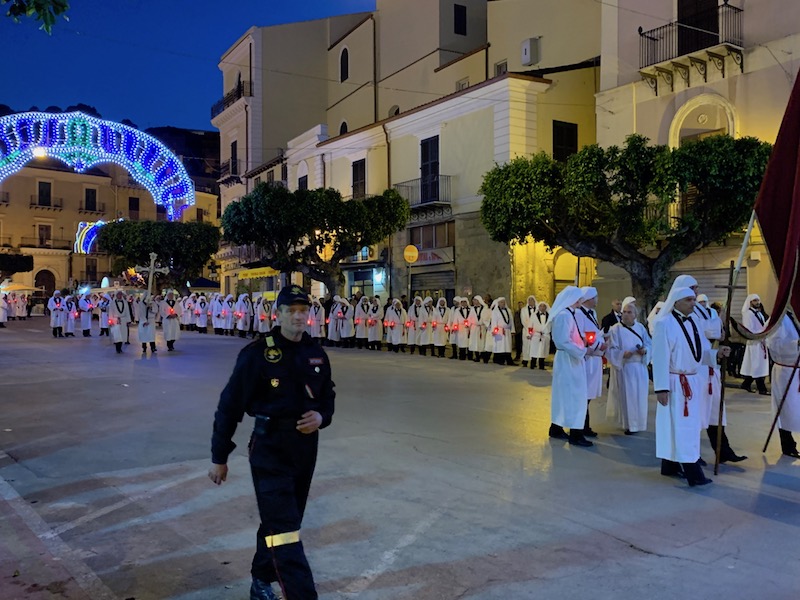





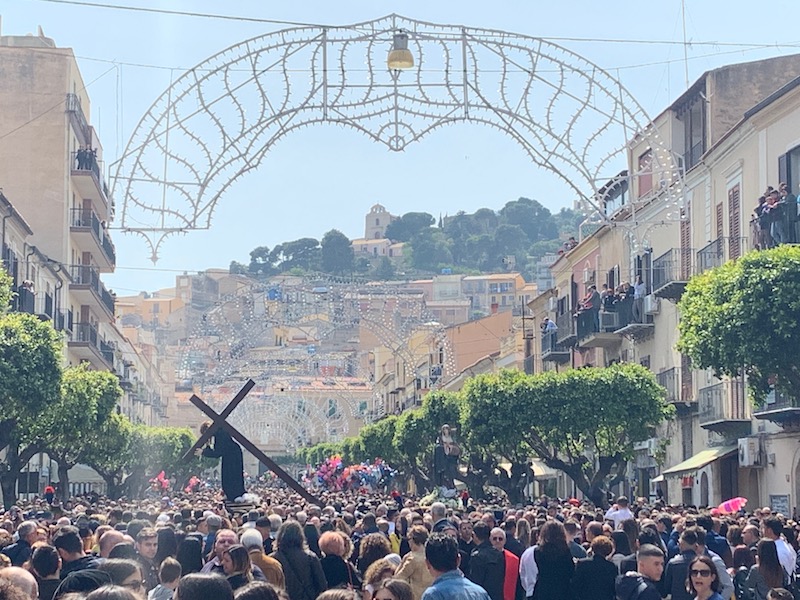
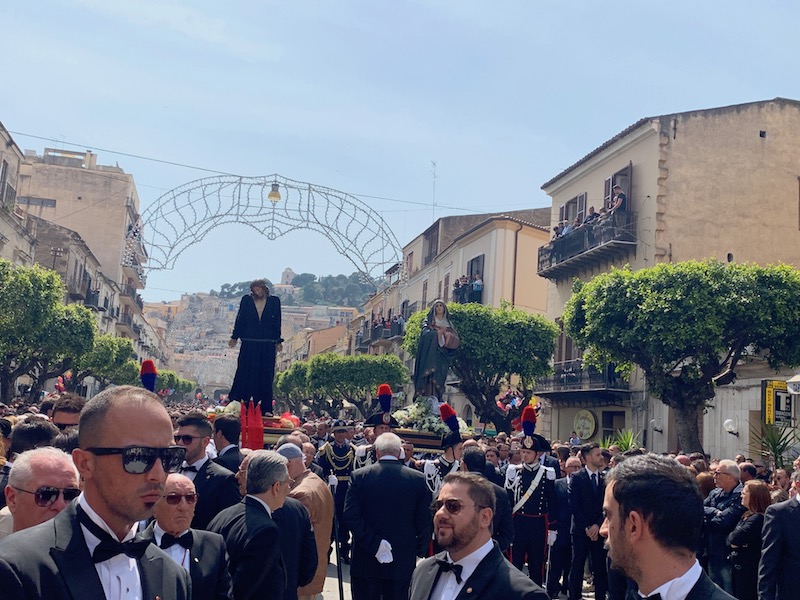

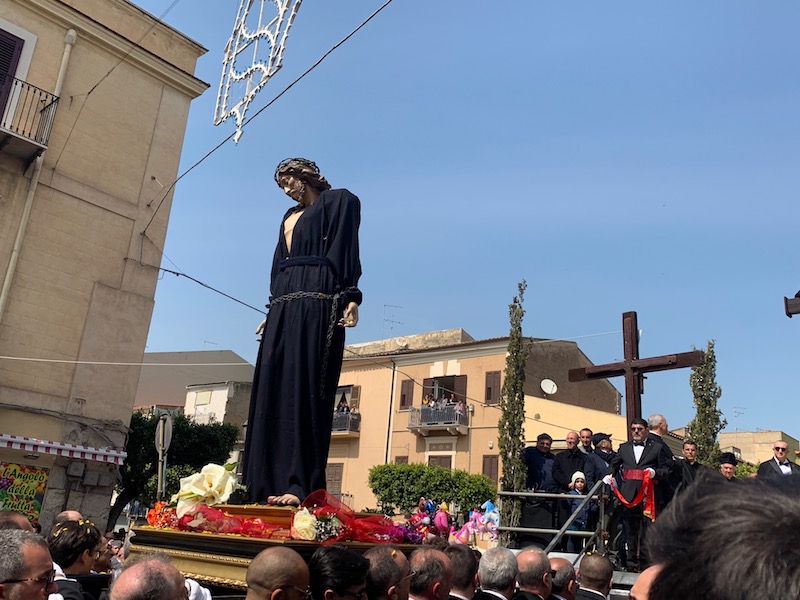
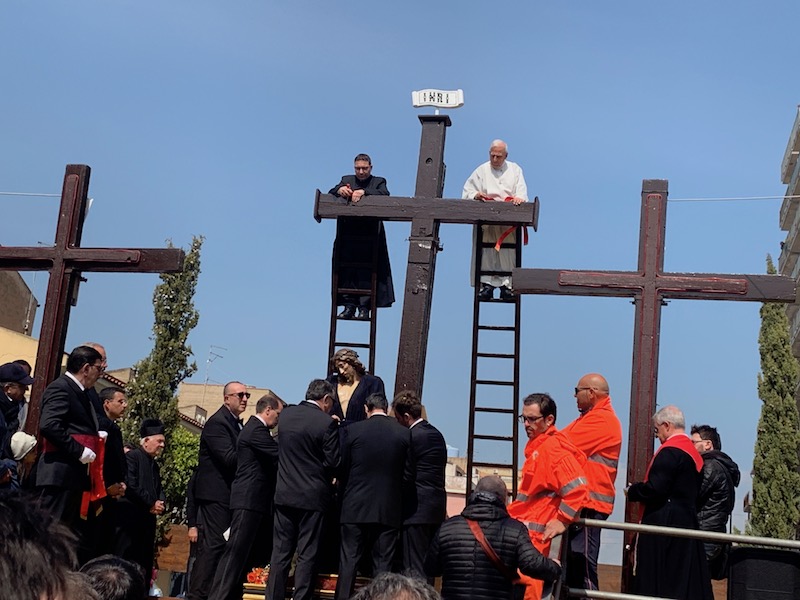
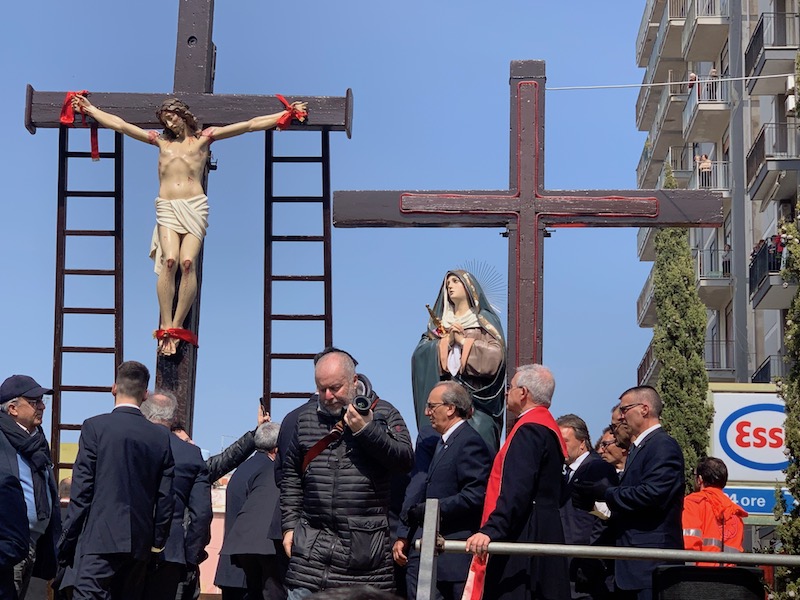
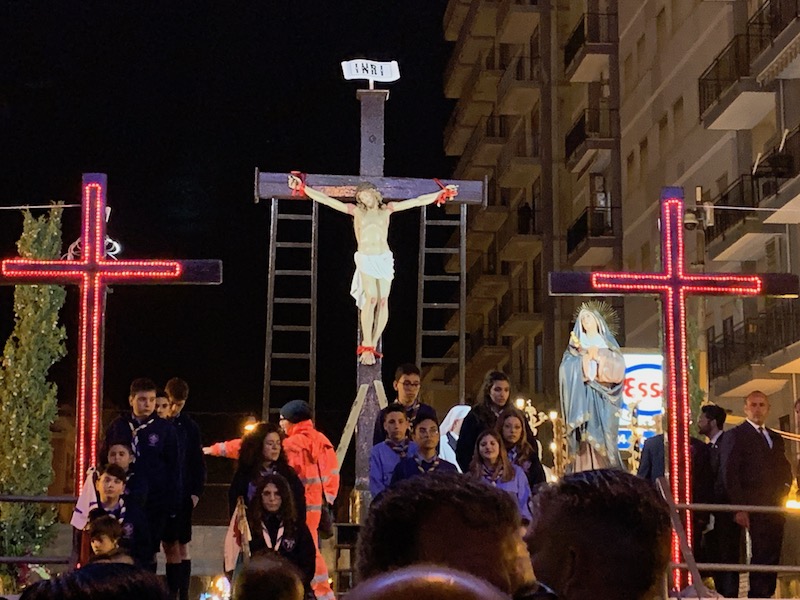
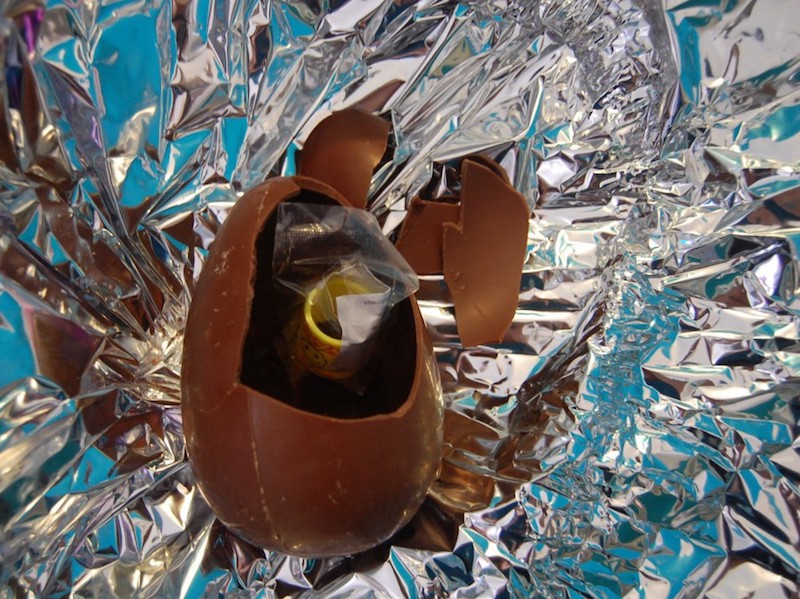
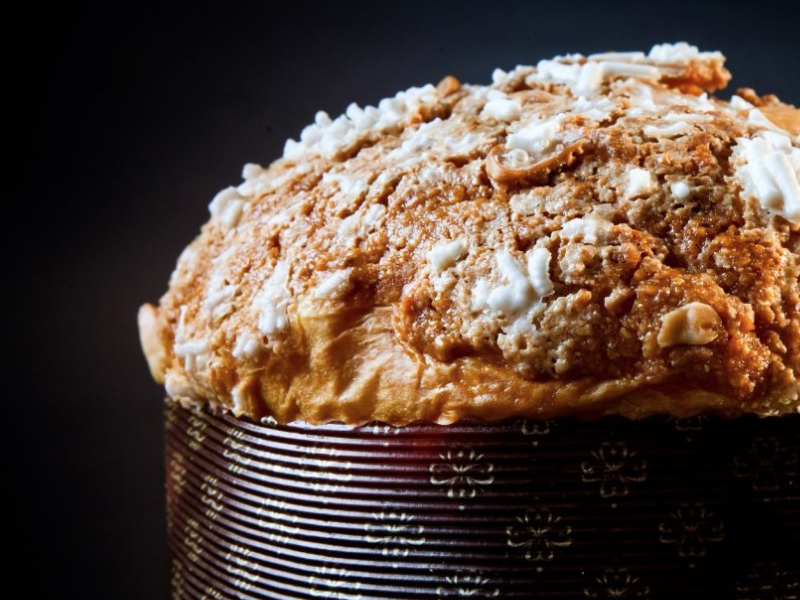
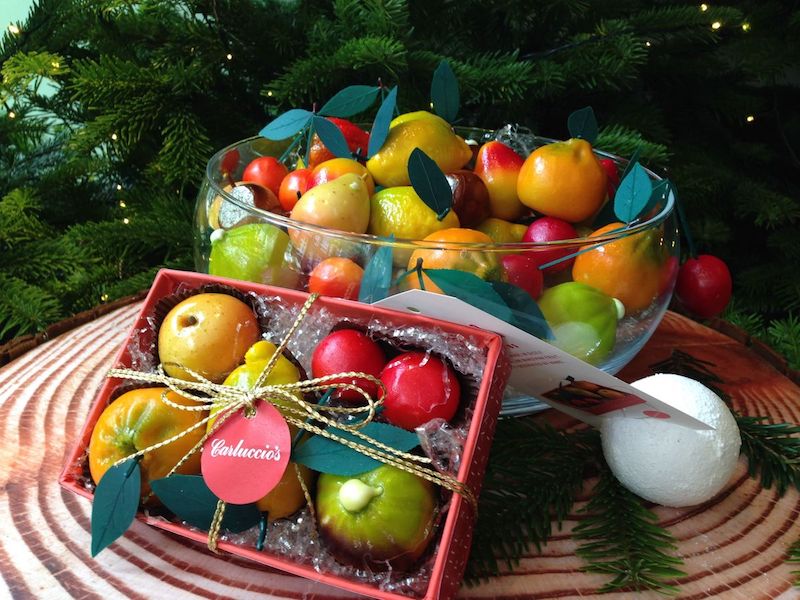
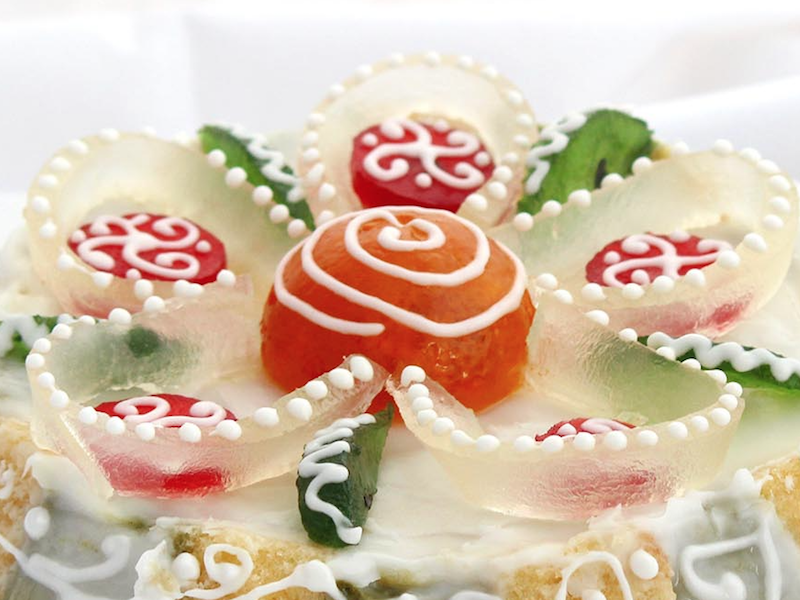
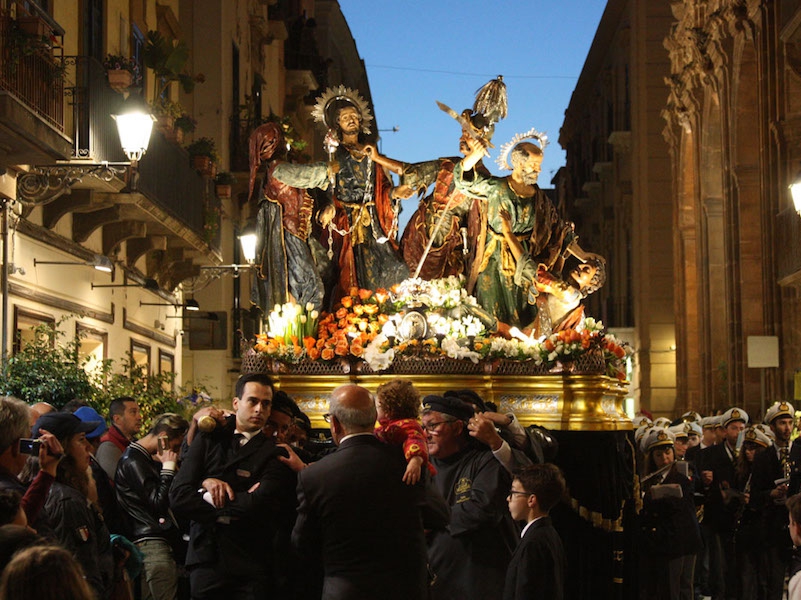
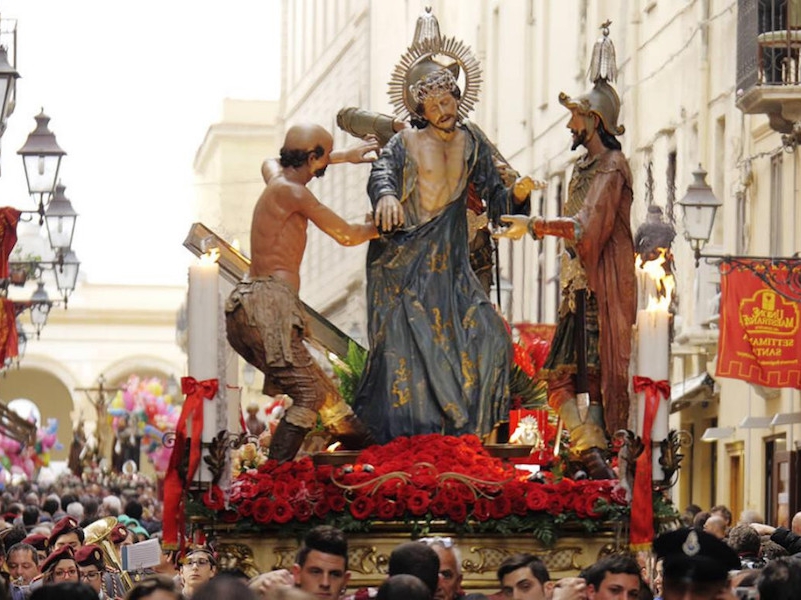
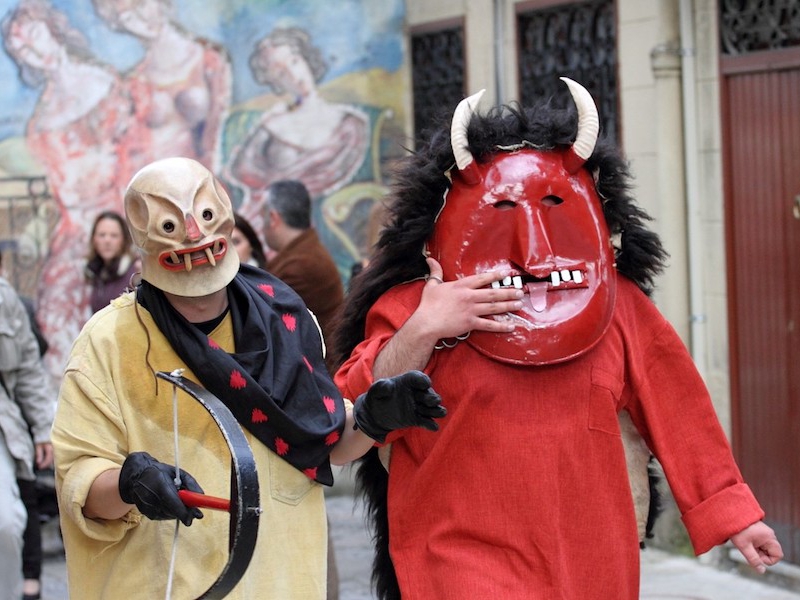
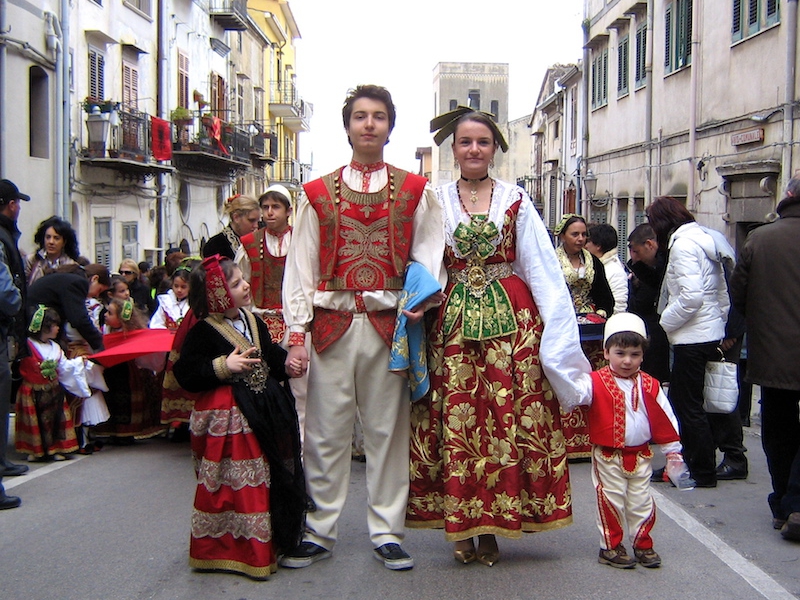
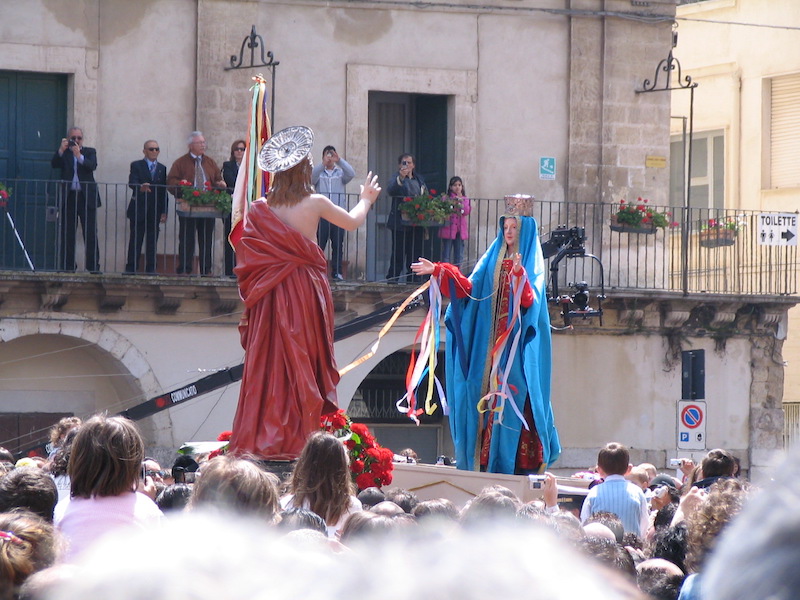

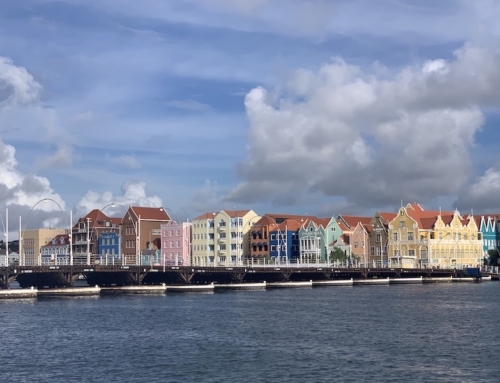
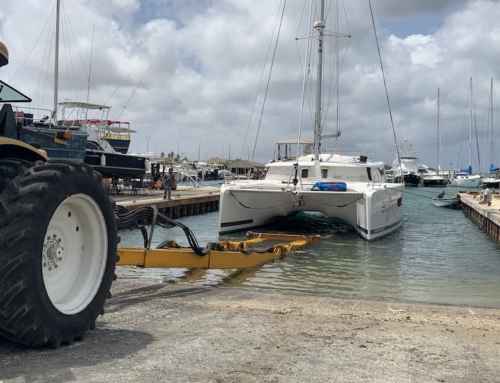
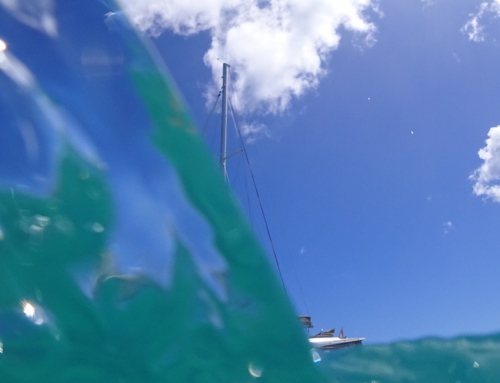
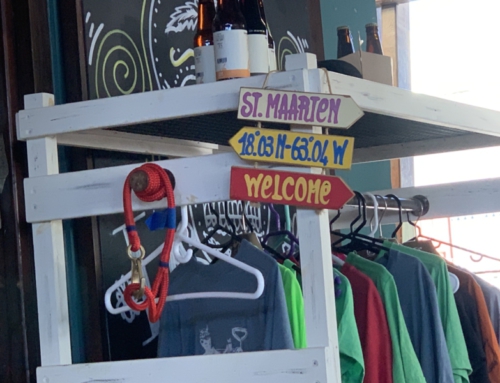
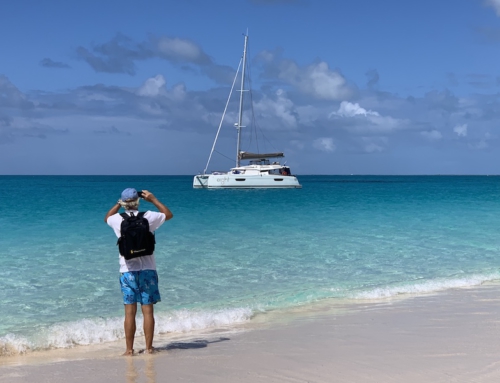
Leave A Comment